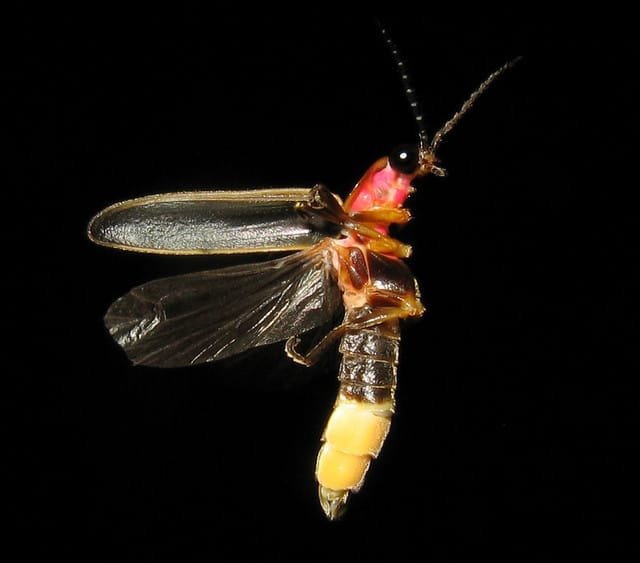24/7 Live Customer Service
CALL OR TEXT (225) 261-4198

All Blog Posts
Blog Post
3 Things You Didn't Know About Lightning Bugs

During the late spring and summer, it's not unusual to see a firefly flashing its light over a peaceful meadow. Some people refer to these extraordinary insects as lightning bugs. The following facts offer some fascinating insights into their abilities, habits, and survival techniques:
- A firefly emits cold light. Most sources of light produce some form of heat, but the lightning bug is an exception. Its light comes from a process known as bioluminescence. A chemical reaction inside of the insect illuminates its body. Due to the lack of heat, infrared sensors can't detect this light. If you see something glowing on the ground, it might be this insect's tiny bioluminescent eggs!
- The lighting patterns of fireflies exhibit remarkable synchronization. These insects also possess an excellent sense of rhythm. This cadence remains the same even if a person separates lightning bugs into groups. What happens when someone releases a few randomly selected fireflies into the wild? The insects might appear to flash in an unsynchronized way at first, but they will eventually catch up with each other.
- Until the late 1960s, experts had several different theories that attempted to explain how fireflies can simultaneously control their lighting patterns in the absence of any centralized timing system. Eventually, they realized that these insects increase or reduce the frequency of their flashes depending on the brightness of nearby light sources. This happens even if a person places them next to an artificial light that blinks at a different rate.
- Some fireflies rely on flowers to feed themselves; others gain sustenance by devouring fellow insects. Lightning bugs can't fly long distances because they have short wings. Consequently, the predatory species depend on bioluminescence to attract prey. The male firefly also uses it to invite potential mates. Females often find males more appealing if they blink frequently and brightly. However, such behaviors vary by species.
Although this harmless insect's bioluminescence may not seem particularly useful or meaningful at first glance, it actually plays a crucial role in the firefly's survival. This special talent helps compensate for its relatively slow pace and small size.